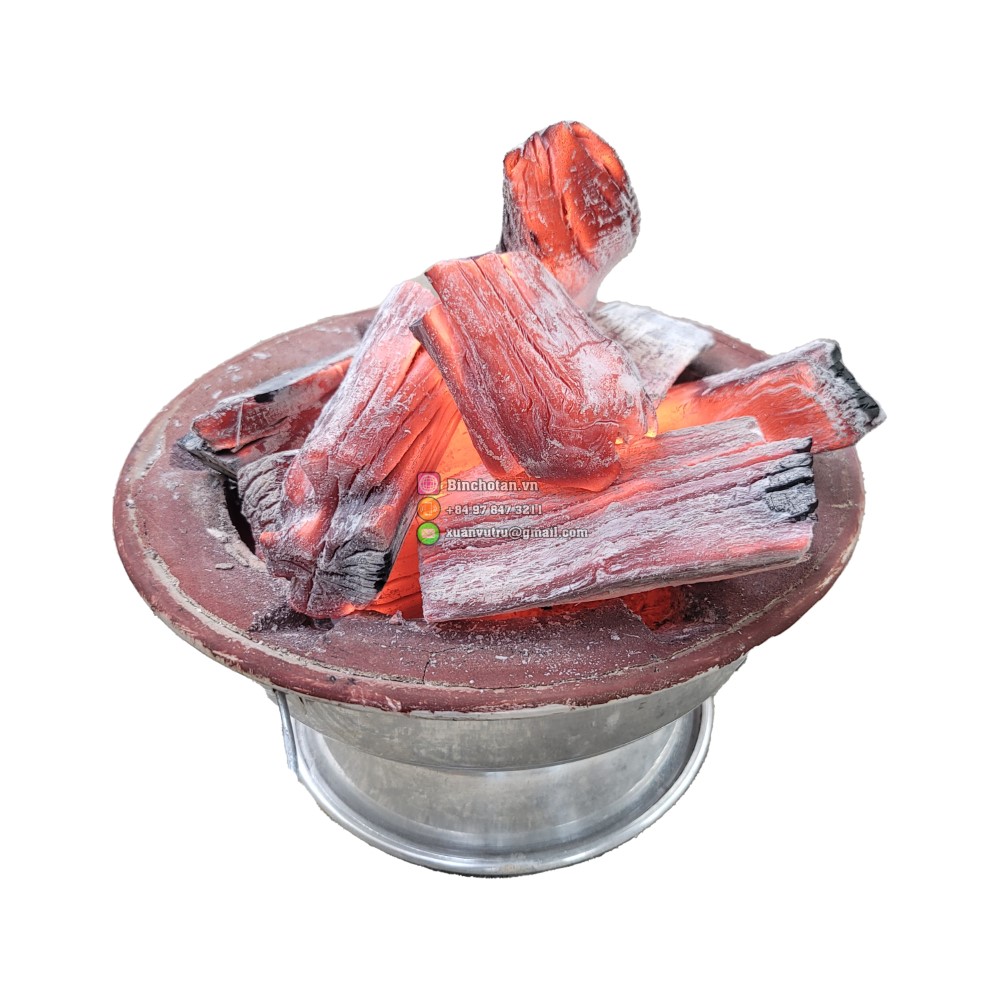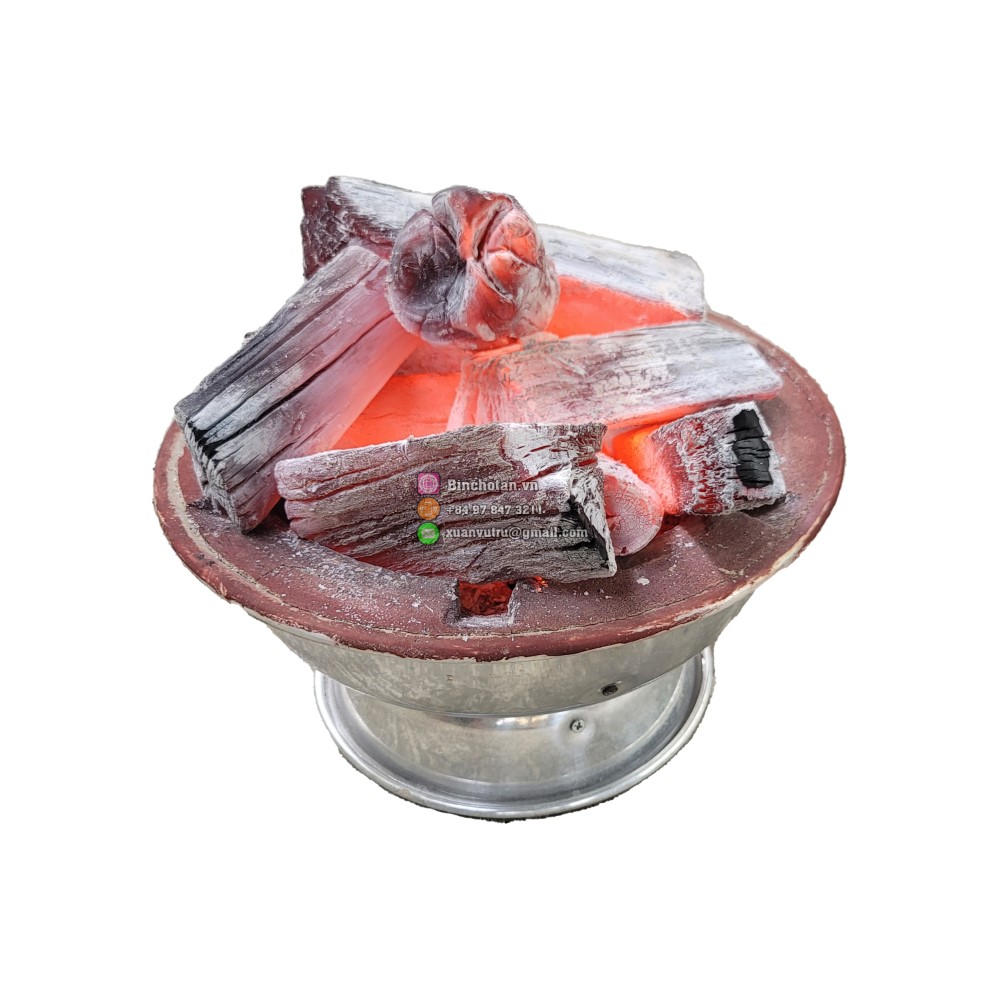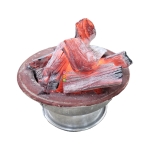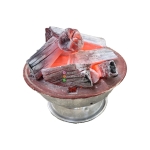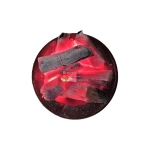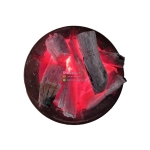Title: Savoring the Smoky Flavors: Best BBQ Techniques in America
Barbecue, a culinary tradition steeped in American culture, is more than just a cooking method—it's an art form. Across the U.S., different regions boast their unique takes on how to BBQ, makin g the experience a smorgasbord of flavors and techniques. Here's a look at some of the best BBQ techniques that have put America on the global grilling map.
g the experience a smorgasbord of flavors and techniques. Here's a look at some of the best BBQ techniques that have put America on the global grilling map.
**Low and Slow Smoking**
Perhaps the most quintessential American BBQ method is the "low and slow" smoking technique. This involves cooking meat at low temperatures, typically between 225 and 275 degrees Fahrenheit, over several hours or even days. Smoking imparts a depth of flavor that cannot be replicated by any other cooking method. Woods such as hickory, mesquite, apple, and cherry are commonly used, each adding its signature smoke profile to the meat. This technique is celebrated in the BBQ hubs of Texas, where brisket reigns supreme, and in Kansas City, known for its slow-smoked ribs.
**Indirect Grilling**
Indirect grilling is another popular BBQ technique where food is not cooked directly over the flame but next to it. This method is ideal for larger cuts of meat that need to cook through without burning on the outside. It's akin to roasting and is perfect for items like whole chickens or pork shoulders. The indirect heat creates a convection effect, enveloping the meat in a consistent temperature and allowing for a tender, evenly cooked result.
**Direct Grilling**
Direct grilling is the go-to technique for foods that cook quickly, such as burgers, hot dogs, steaks, and vegetables. This method involves placing food directly over the heat source for a fast and high-temperature cook. It's the backbone of American backyard barbecues and is celebrated for the charred, caramelized exterior it provides. Direct grilling requires attentiveness to avoid flare-ups and burning, but when executed correctly, it delivers delicious, smoky results in a fraction of the time.
**Pit BBQ**
Pit BBQ is a method steeped in tradition, often associated with the Carolinas and parts of the deep South. This technique involves cooking meat in a large pit or earth oven, using indirect heat and smoke from burning hardwood. Whole hogs are the showcase of pit BBQ, slow-cooked to perfection until the meat is succulent and falling off the bone. This communal method of cooking often becomes a social event, bringing people together to celebrate the time-honored ritual of pit barbecue.
**Dry Rubs and Wet Mops**
Seasoning is essential in BBQ, and the debate between dry rubs and wet mops is a heated one. Dry rubs are mixtures of spices and herbs massaged into the meat before cooking, forming a crust that seals in flavor and moisture. Wet mops, on the other hand, are basting sauces applied during cooking to keep the meat moist and add layers of flavor. Memphis BBQ is famous for its dry rubs, often leaving sauces on the side, while St. Louis-style ribs are known for their sticky, sweet, and tangy sauces.
**The Hybrid Approach**
Many BBQ enthusiasts embrace a hybrid approach, combining elements from various techniques to create their unique spin. This might involve smoking a brisket low and slow before finishing it on a hot grill for a crispy exterior or using both a dry rub and a wet mop to achieve a balance of textures and flavors. The hybrid approach reflects the innovative spirit of American BBQ, always evolving and adapting to new tastes and preferences.
In conclusion, American BBQ is a testament to the diversity and creativity of the culinary landscape. From the slow-smoked brisket of Texas to the pit-cooked pork of the Carolinas, each technique offers a distinct experience that is deeply rooted in history and regional pride. The best BBQ techniques are those that are mastered through practice and passion, resulting in a meal that's not just eaten but savored and remembered. Whether you're a fan of low and slow smoking, direct grilling, or a unique fusion of methods, there's no denying the allure of American BBQ and its place at the heart of the nation's culinary identity.




























